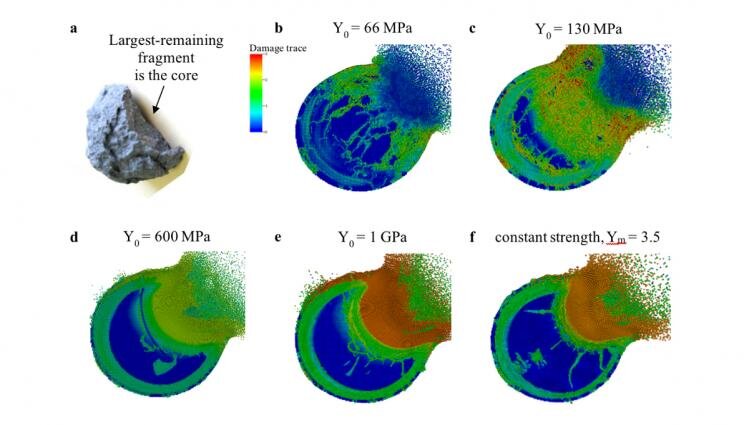- Joined
- 9 October 2009
- Messages
- 20,780
- Reaction score
- 11,727
http://www.washingtonpost.com/business/economy/after-meteor-blast-in-russia-laurel-lab-plans-to-smack-an-asteroid/2013/02/24/3cc08720-7bc4-11e2-82e8-61a46c2cde3d_story.html (Subscription may be required)
By Mark Drajem, Published: February 24
A meteor blast over Russia is putting new focus on a transatlantic effort to crash a spacecraft into a far-flung asteroid in a bid to prove that incoming objects from space can be knocked from their path.
Researchers from Johns Hopkins University’s Applied Physics Laboratory are preparing a decade-long, $350 million project to propel a rocket into the asteroid Didymos as it passes close to Earth. If successful, it would be the first time an asteroid is knocked off course by human intervention.
“There is a science aspect to it and a planetary defense aspect to it,” Andy Cheng, the chief scientist of the physics laboratory in Laurel, said in an interview.
Cheng said he developed a plan for a lower-cost test for smacking an asteroid as a way to revive a shelved European effort. In a sign of the steep odds it faced, the initial European plan was called Don Quijote, named after the fictional Spanish knight who tussled with windmills he thought to be giants.
The conceptual study has support from NASA and the European Space Agency. They jointly published an initial plan for the project in May. If the plan goes forward, NASA would help Cheng’s group fund and launch “the impactor.” The ESA, which announced this month a call for research ideas on the mission, would launch a second spacecraft to assess the impact and its effect.
Defense of the planet against asteroids, a longtime focus of former astronauts, astronomers and amateur hobbyists, became the topic of worldwide discussions recently as the largest meteor to explode near Earth in a century blew out windows and injured 1,200 near the city of Chelyabinsk in central Russia, near the border with Kazakhstan.
The meteor blast over the Chelyabinsk region, which has a population of 3.6 million people, was the largest recorded since one flattened more than 800 square miles of Siberian forest in 1908.
The object entered the atmosphere at 9:20 a.m. local time Feb. 15, hours before an unrelated asteroid half the length of a football field hurtled past Earth.
The twin punch, which scientists said was coincidental, served as a warning that space continues to hold dangers for humankind. A space object, if it is big enough and hits in the right spot, could destroy a city or worse. Scientists blame an asteroid more than six miles in diameter for wiping out the dinosaurs 66 million years ago.
Cheng describes his project as straightforward. Didymos, Greek for “twin,” is actually two asteroids in one: a larger object with a smaller, moonlike rock circling it. And it is predicted to pass 6.5 million miles from Earth in 2022.
In 2021, Cheng’s laboratory would launch a spacecraft into the path of the smaller of the two bodies, which is 492 feet in diameter. Cheng expects the collision to knock the smaller asteroid from its established path around the larger one, an impact that he said can be charted from high-powered telescopes on Earth.
By targeting the smaller member of the “binary system,” the mission would produce “an orbital deflection which is both larger and easier to measure” than if it hit an asteroid circling the sun, according to the ESA’s preliminary report last year.
“It is important to note that the target Didymos is not an Earth-crossing asteroid, and there is no prospect that the deflection experiment would create an impact hazard,” the agency said in its report, which Cheng helped draft.
Finding asteroids is not just about danger; it is also about research. Cheng said the second spacecraft would measure the crater caused by the crash and look for additional details about the composition and nature of the asteroid.
“You have to do something pretty spectacular to move it,” Cheng said.
— Bloomberg Government

